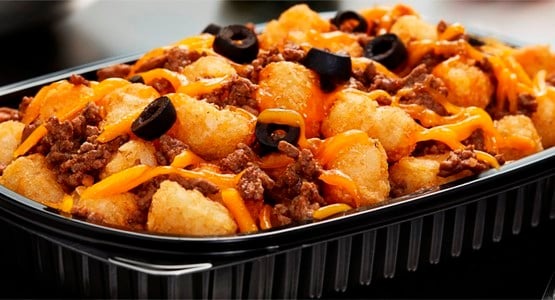Quartz Worktop Colours: A Practical Guide to Beauty and Maintenance
Introduction
While visual appeal is an important factor in choosing a quartz worktop, everyday life in the kitchen tells a different story. Cooking, cleaning, and constant use mean that your choice of colour doesn’t just affect style it also impacts upkeep. Will the surface show every crumb? Will smudges and streaks be obvious? This guide goes beyond aesthetics to focus on the practical side of quartz colour selection, helping you strike the right balance between stunning design and manageable maintenance.
1. The Easy-Care Choice: Patterned and Mid-Tone Quartz
For busy households whether filled with children, enthusiastic cooks, or anyone who doesn’t want to be constantly wiping surfaces mid-toned quartz with speckles or subtle veining is the most practical option.
- Shades such as light grey, soft tan, or greige (grey-beige) with multi-directional patterns disguise crumbs, dust, and smudges with ease.
- Busy designs with flecks, speckling, or organic veining naturally mask water spots and fingerprints, keeping the worktop looking fresher for longer.
These shades not only reduce the need for frequent cleaning but also add depth and visual interest, creating a kitchen that feels stylish yet forgiving.
2. The High-Maintenance Reality: Solid Light and Dark Surfaces
Solid Quartz worktop colours offer a striking, uniform appearance—but they also highlight imperfections more readily.
- Pure white quartz showcases every crumb, spill, or dust particle, making it appear dirtier faster even though it remains hygienic and non-porous.
- Deep charcoal or black quartz conceals food debris effectively but tends to reveal fine dust, fingerprints, and faint streaks from water.
Homeowners who opt for solid shades often find themselves cleaning more frequently or keeping a microfiber cloth on hand for quick touch-ups to preserve that flawless, polished look.
3. Undertones and Lighting: Subtle but Significant Factors
An often-overlooked detail is how undertones and lighting affect maintenance.
- A cool-toned white with blue undertones may appear stark and highlight every mark, while a warmer white with soft grey or beige undertones can be more forgiving.
- Similarly, a brown-based black may conceal streaks better than a pure jet-black surface.
- Lighting matters too: warm bulbs soften the visibility of spots on light quartz, whereas cool-white LEDs may accentuate them.
Testing large quartz samples in your kitchen at different times of day is the best way to understand how the colour will perform in real conditions.
4. Edge Profiles: Style Meets Function
The edge of your quartz worktop is more than a finishing touch—it influences both practicality and visual appeal.
- Thin, eased edges work well on lighter quartz, enhancing a sense of openness and simplifying cleaning.
- Rounded profiles like half-bullnose edges reduce the risk of chipping and add softness to the overall look.
- Bolder options such as chamfered or waterfall edges highlight the depth and richness of darker quartz, catching the light for added visual impact.
Selecting the right edge profile ensures that your quartz is not only stylish but also resilient and suited to your daily use.
Conclusion
Quartz worktops are celebrated for their durability and elegance, but colour choice plays a significant role in how practical they are day to day. Mid-toned, patterned quartz provides the greatest ease of maintenance, while solid light and dark surfaces demand more frequent upkeep. By considering undertones, lighting, and edge profiles, you can select a quartz worktop that delivers both beauty and long-lasting functionality ensuring your kitchen remains as enjoyable as it is impressive.




